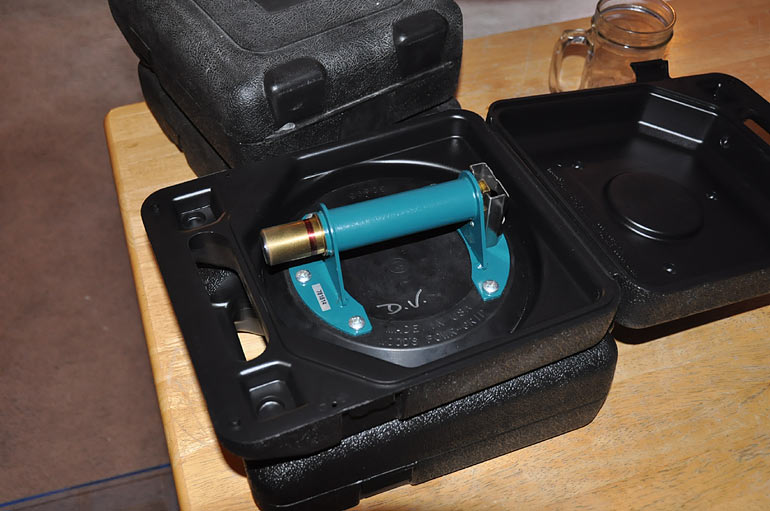
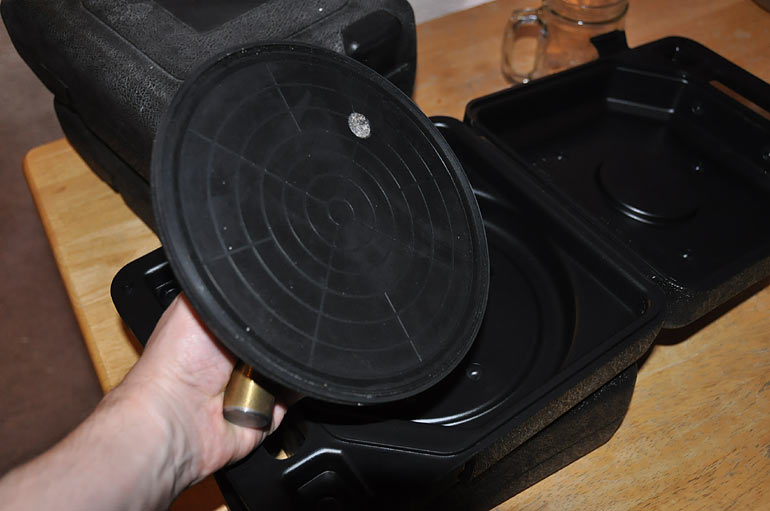
I cleaned the glass on all three sides; the back has an orange peel mirrored finish that isn't smooth enough to use suction cups. As soon as a few people arrived, I cut off the plumbing under the tank, and we leaned it forward -- wedging some 2x4 blocks under the backside so the bulkheads could be removed. With those out of the way, it was possible to slide the tank forward into the living room and lower it onto two furniture dollies.
The suction cups make this task so much easier, and held firmly to the clean glass walls.
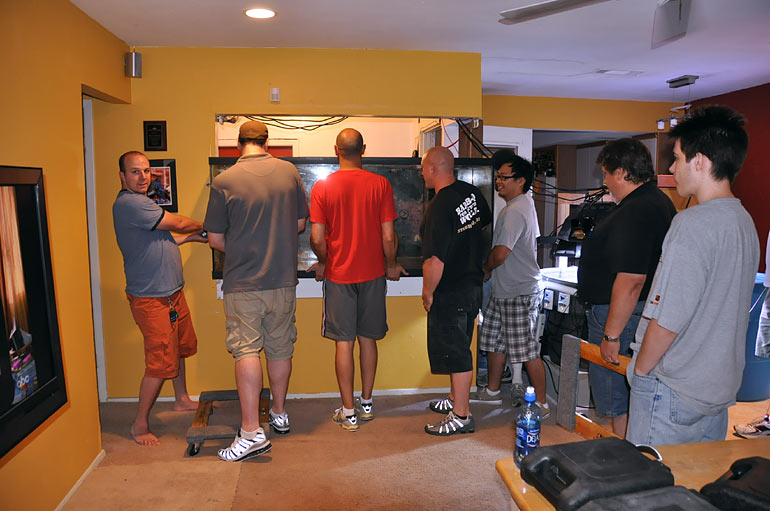
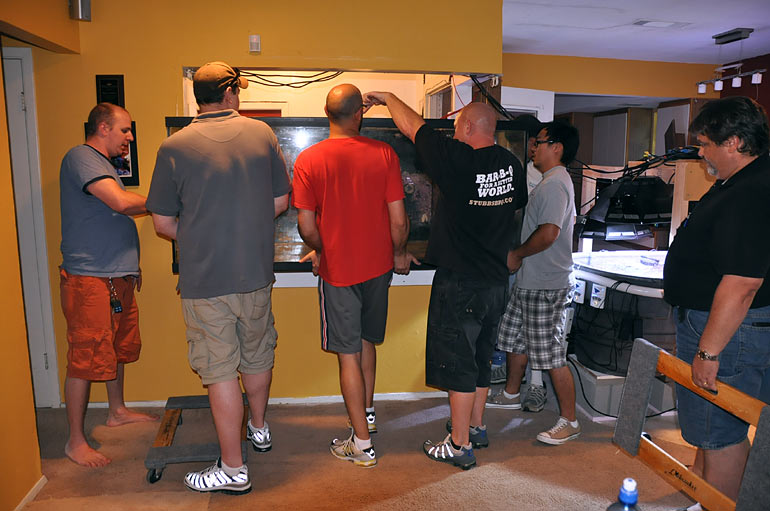
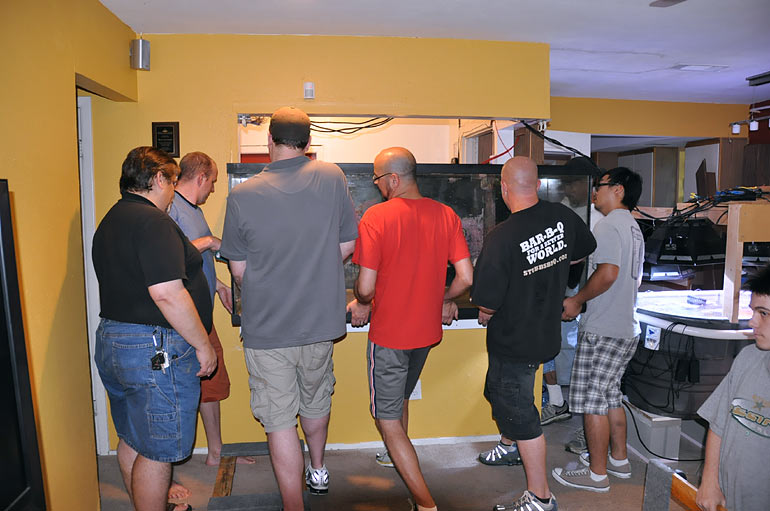
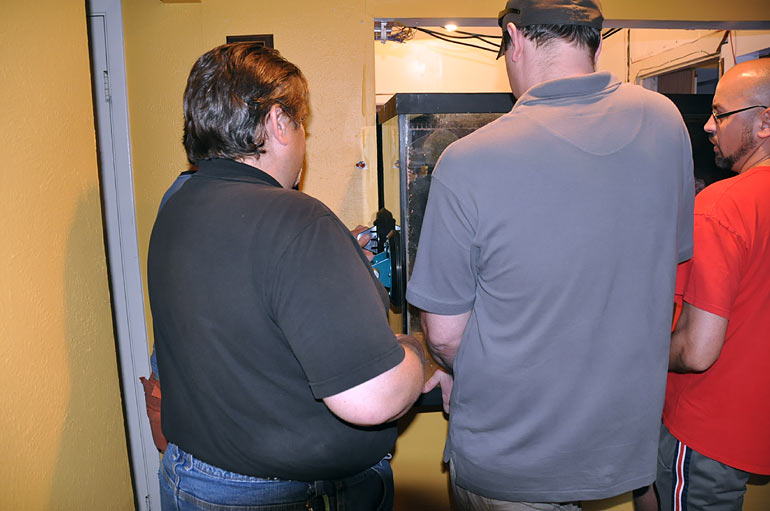
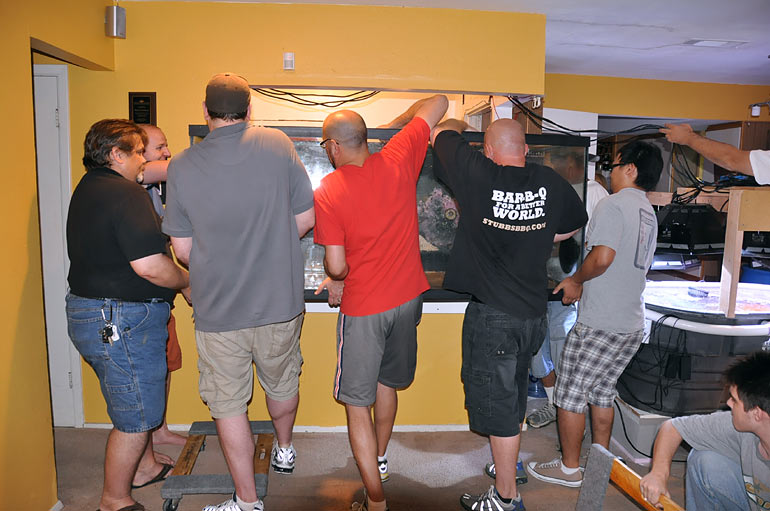
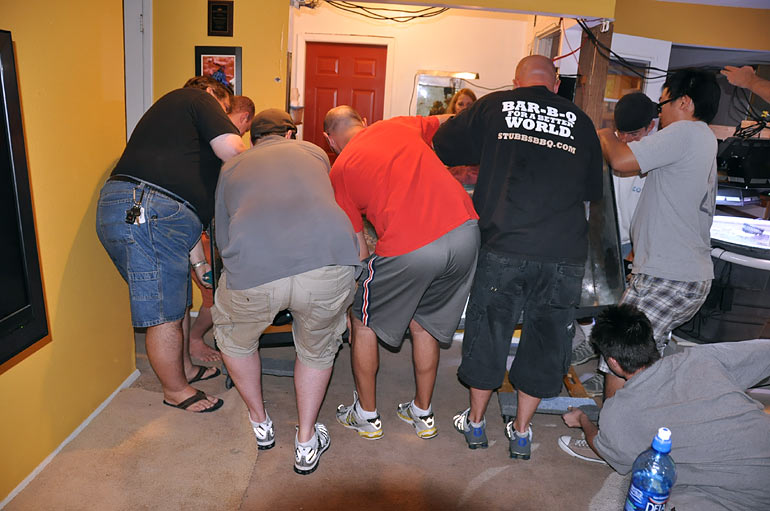
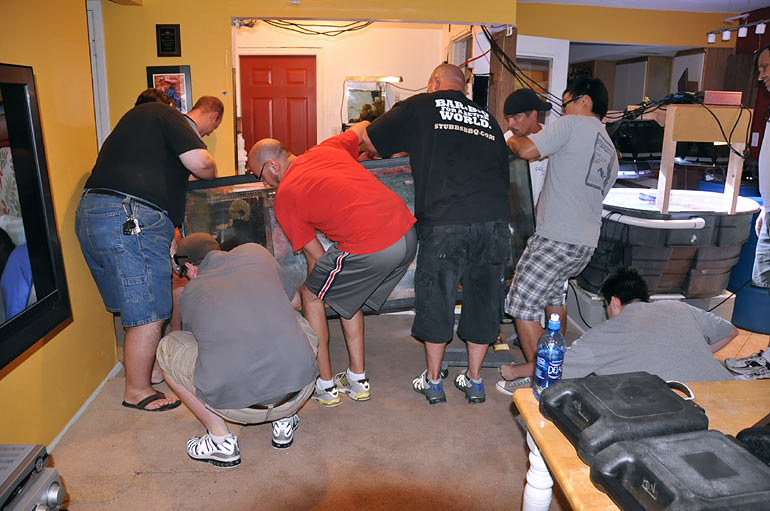
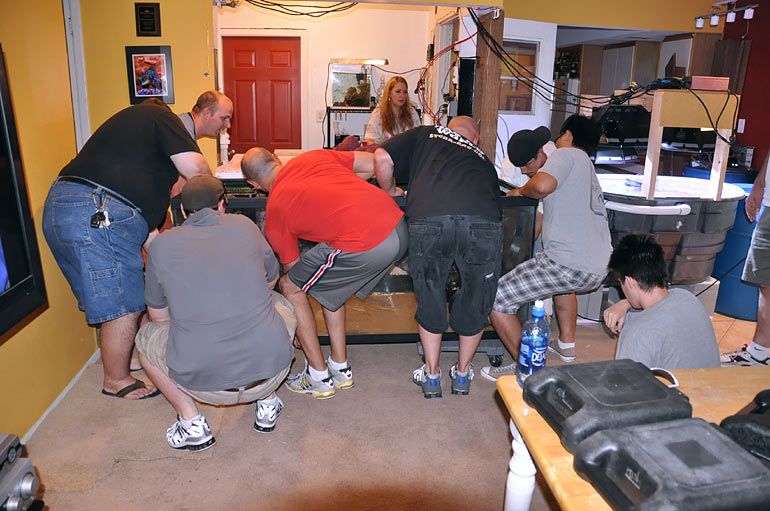
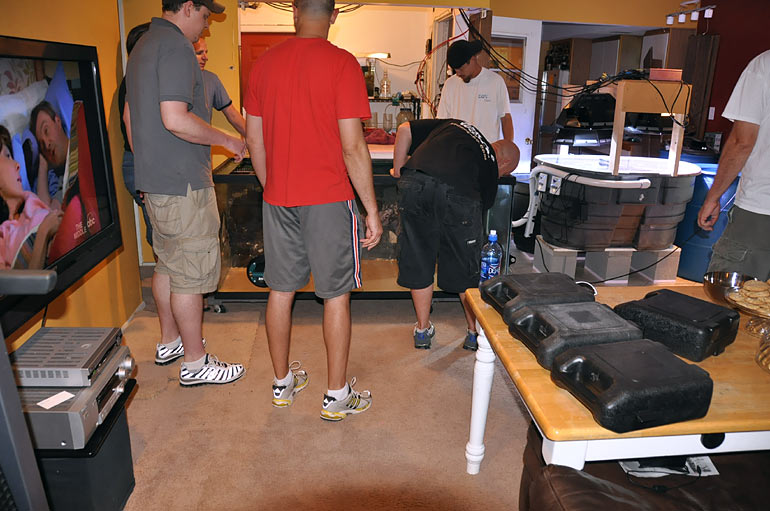
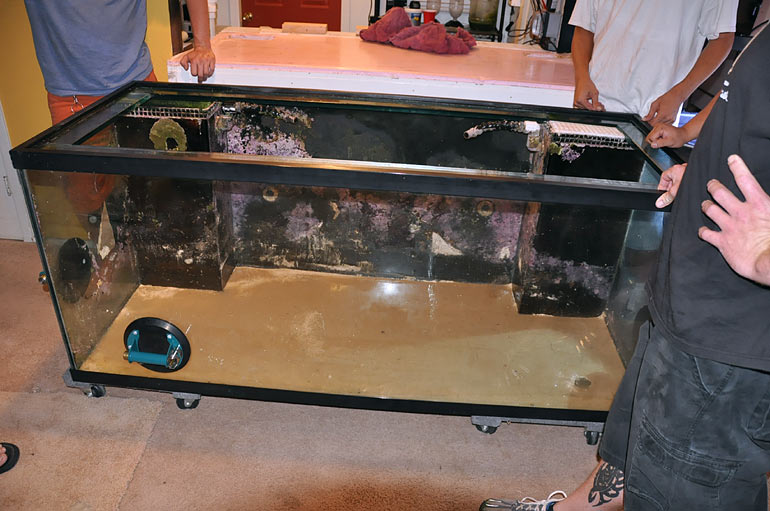
Two straps were snugly ratcheted to hold the tank on the dollies, making it easier to navigate it out of the back door.
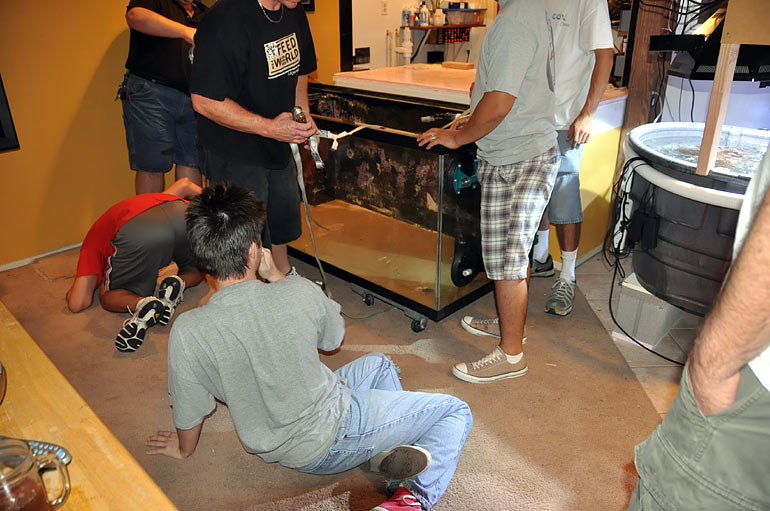
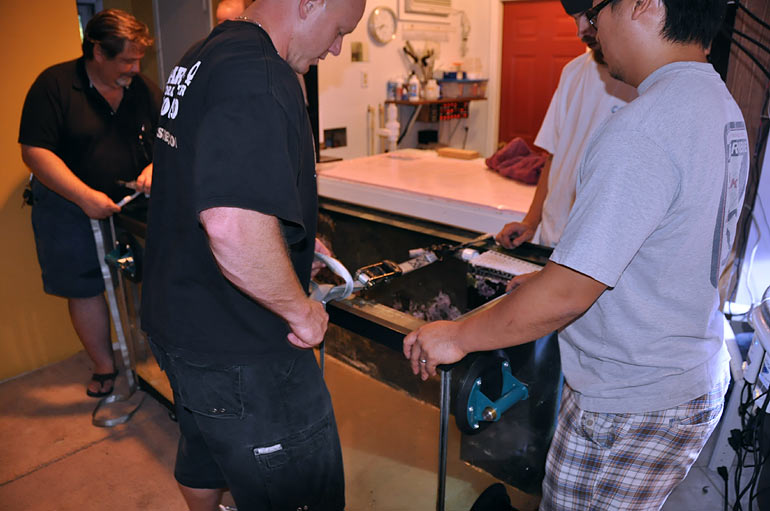
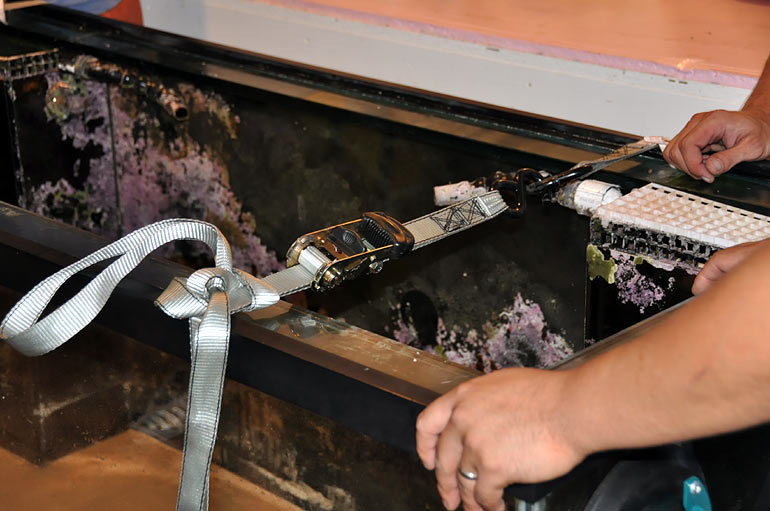

The two bulkheads on the back of the tank were also removed after the PVC sections were cut off.
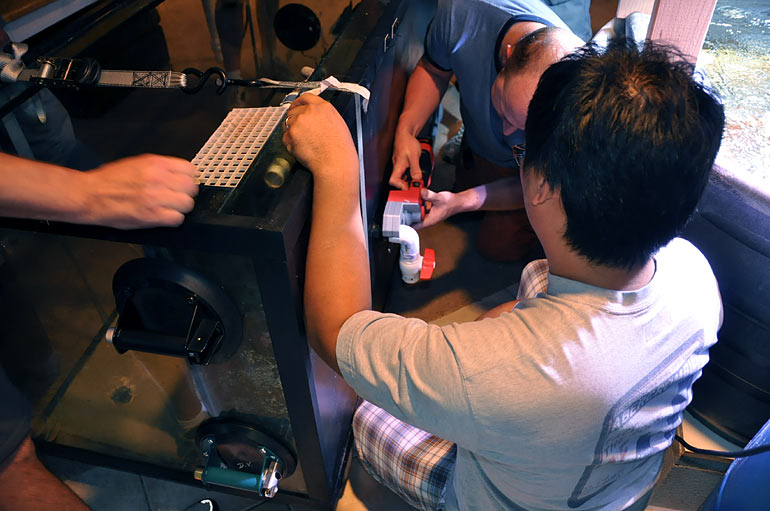
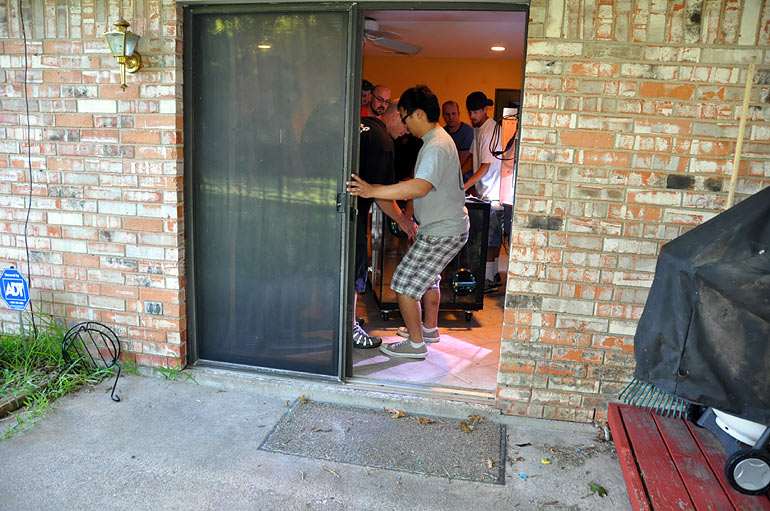
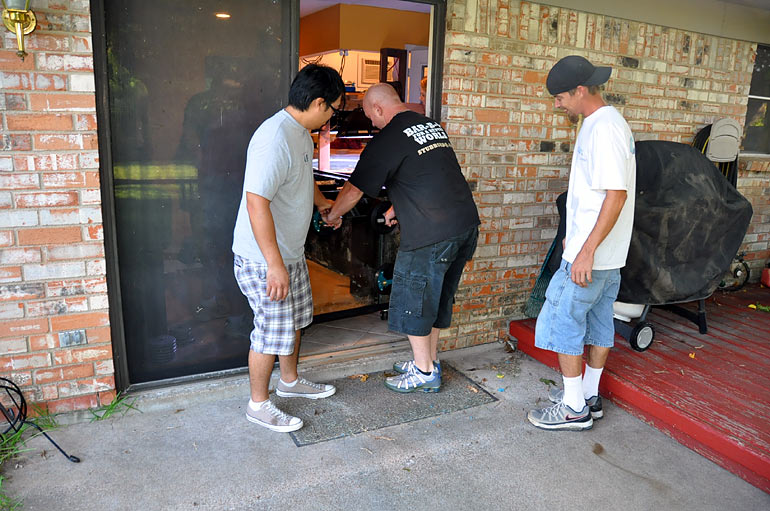

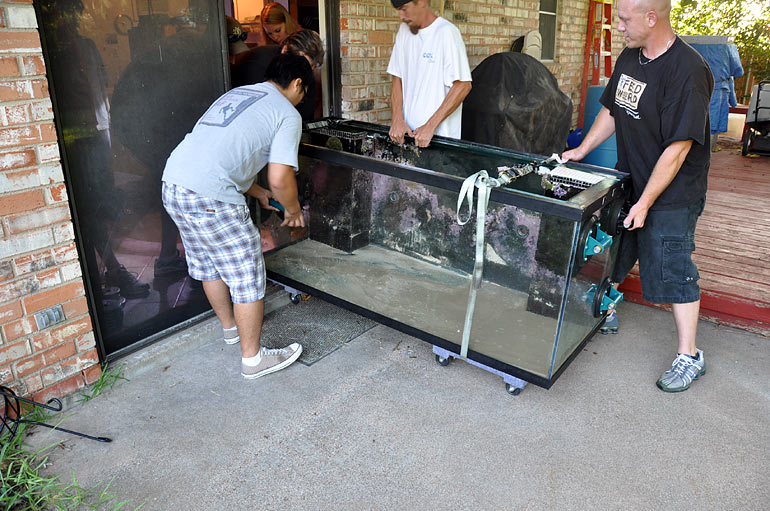
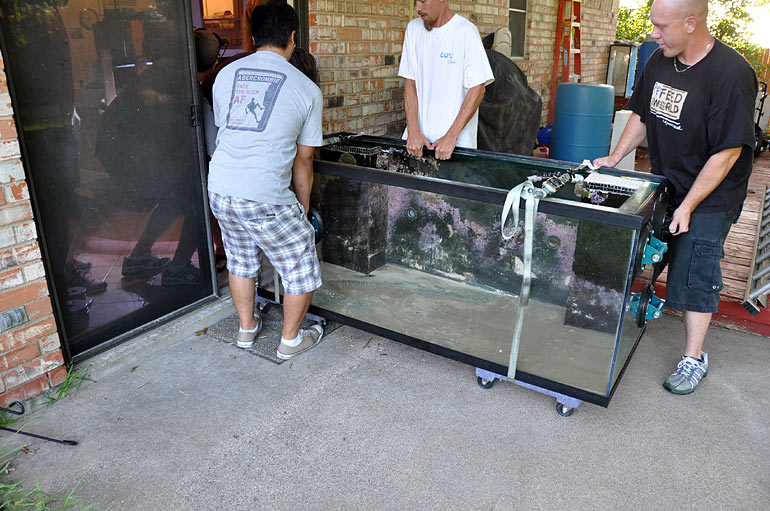
It didn't take 30 minutes to get the tank off the stand and outside once the plumbing was disconnected. The suction cups were relocated as needed throughout the move.
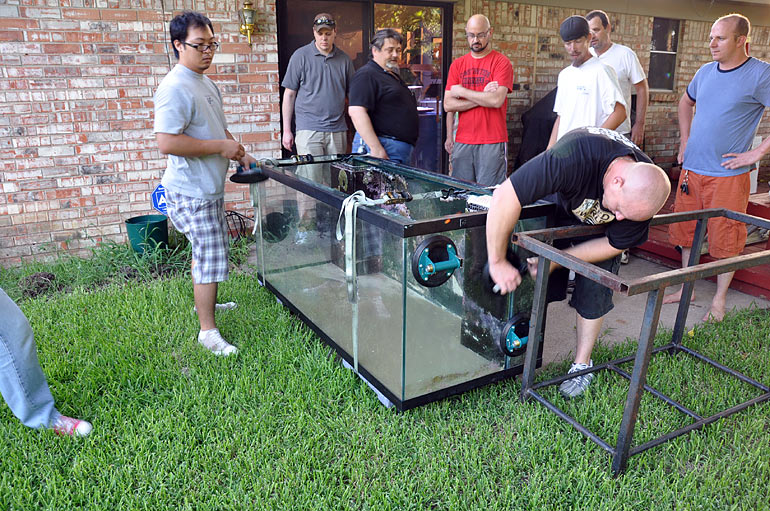
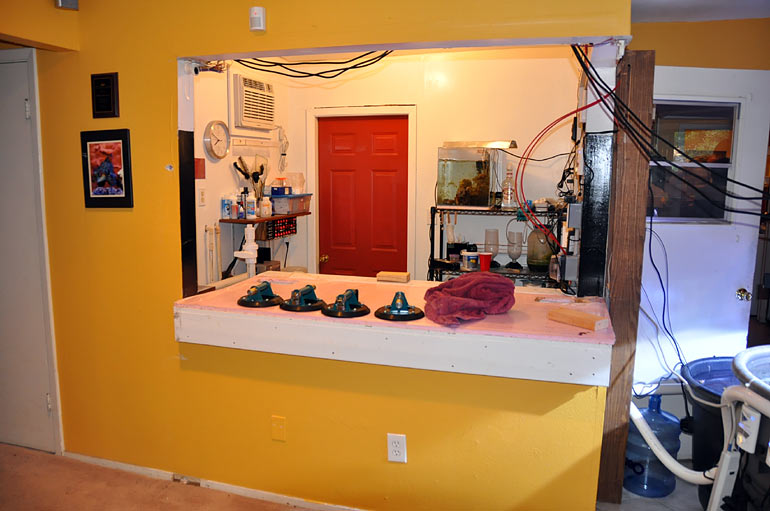
After all those years and all that weight, the pink foam seemed to be compressed as much as it was on Day One.

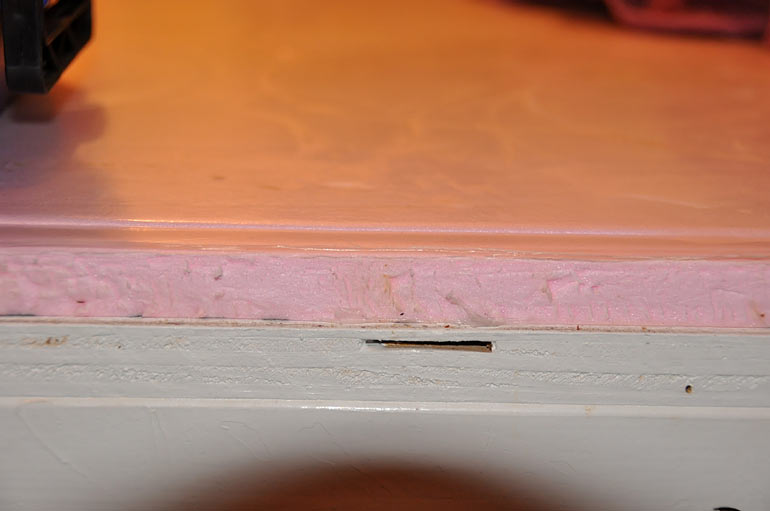
With proper planning, a level head, and some willing helpers, it is possible to break down a tank in a manner that will assure the livestock has the best chance for survival. Using the existing sump was the best option to maintain stability, as the gear was already running and powered like normal. There was no reason to worry about overtaxing different circuits in the room, and there wouldn’t be any cords to trip over. The challenge now is to maintain the water parameters and water quality in such unusual circumstances. Let’s hope everything works out until the new tank arrives.
To keep up with future updates, subscribe to my personal blog here on Reef Addicts.






 Menu
Menu






Reef Addicts Message